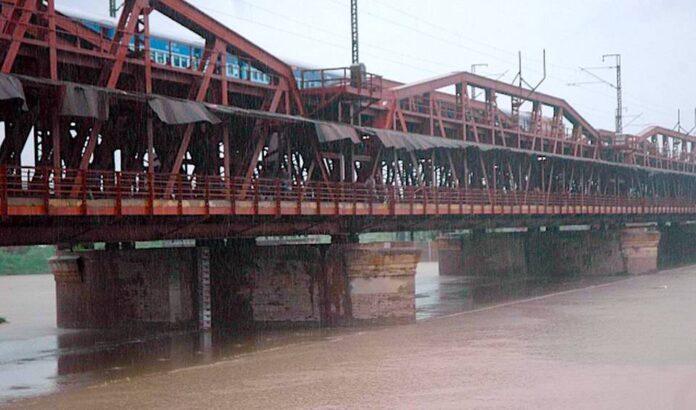Introduction: Heritage Meets Modern Learning
In the heart of Delhi, spanning the mighty Yamuna, stands the Old Yamuna Bridge, fondly known as Lohe Ka Pul. Completed in 1866 and opened for traffic in 1867, this steel truss bridge is more than a functional crossing—it is a symbol of India’s industrial heritage, where legacy meets learning for modern engineers.
Even today, the bridge continues to carry both rail and road traffic, showcasing how robust engineering principles from the 19th century still serve contemporary urban needs.
The Story Behind the Bridge
The Old Yamuna Bridge was commissioned by the East India Railway Company to connect Delhi with Howrah and other major cities along the expanding railway network. During the mid-19th century, India’s railways were growing rapidly, but crossing major rivers like the Yamuna posed enormous challenges.
British engineers faced a treacherous site: the Yamuna’s wide floodplains, unpredictable currents, and soft alluvial soil made building a stable bridge a daunting task. Local labour, skilled engineers, and imported steel were brought together in a complex orchestration of planning, logistics, and construction techniques.
Legend has it that during the foundation work, elephants were used to transport massive stone blocks and steel components—a sight that became part of the bridge’s lore, giving it the nickname “Lohe Ka Pul,” or “Bridge of Iron.”
The bridge’s 12 spans, each 202.5 feet long, and total length of 930 metres, were carefully designed to distribute weight evenly and withstand the heavy locomotives of the era. Remarkably, the bridge was initially designed to carry a single railway line alongside a roadway, demonstrating forward-thinking planning that would accommodate Delhi’s growing traffic demands.
Design and Structural Aspects
The bridge is a double-decked steel truss structure, a design that was cutting-edge at the time. Some key features include:
- ‘Elephant’s Foot’ piers: Innovative foundations providing stability in the soft riverbed.
- Steel sourced from England: Imported high-quality wrought iron and steel ensured durability.
- Truss configuration: Allowed for long spans without excessive support, reducing the number of piers in the river.
- Later modifications: Added a second railway line in 1913 and converted to double-line in 1932, reflecting the bridge’s adaptable design.
The bridge’s rigorous design and high-quality steel ensured that it could withstand the floods, vibrations, and heavy loads of over 150 years—a testament to timeless engineering principles.
Did You Know?
- Historical Significance: The bridge was the final link connecting Calcutta (now Kolkata) and Delhi, enabling uninterrupted railway travel across the northern plains.
- Longevity: Over 150 years later, the bridge continues to serve daily commuters and trains.
- Innovative Construction: The design relied heavily on truss mechanics and careful load distribution, without modern computational tools.
- Cultural Icon: The bridge is an enduring landmark of Delhi, often featured in historical photographs and travel narratives.
Modern-Day Relevance
Today, the Old Yamuna Bridge is still actively maintained by Indian Railways, with reinforcement and corrosion-resistant coatings applied to prolong its life. Its robust steel design offers lessons for modern engineers: how durable materials, careful load management, and visionary design can create structures that last centuries.
For students and infrastructure enthusiasts, it is a living laboratory—a bridge that merges heritage with modern engineering lessons.
Steel That Stands the Test of Time
The Old Yamuna Bridge is more than an infrastructure project—it is a chronicle of India’s industrial journey, demonstrating how early engineers overcame natural challenges with ingenuity and foresight.
Its continued relevance highlights the value of preserving heritage structures, while also drawing lessons for modern projects: steel, when designed thoughtfully, is timeless.
From elephants transporting steel beams to modern commuters crossing its spans, the Old Yamuna Bridge tells a story of continuity, durability, and engineering brilliance.
Stay tuned for our next “Heritage Meets Modernity” blog, where we explore how India’s historic steel structures continue to inspire contemporary design and engineering solutions.




